‘My wild and free side unsettled some, and unwedged others.’ – Brigitte Bardot
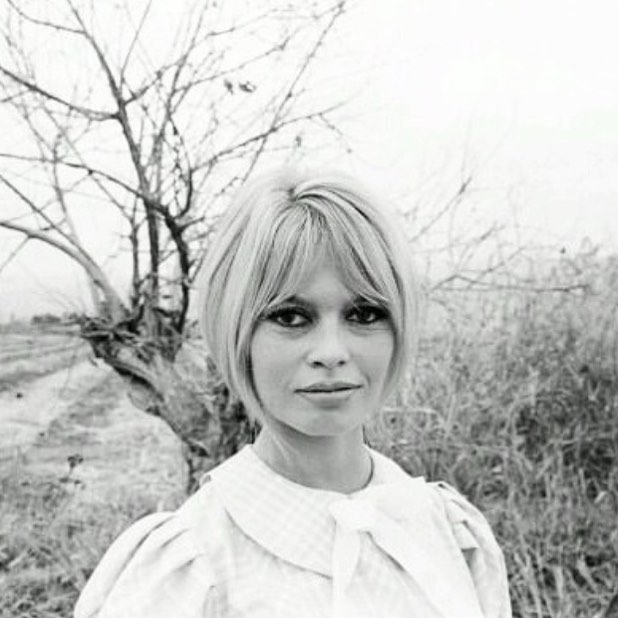
Happy Birthday to the feisty, fabulous BB. Stay wild and Free.
An earlier post on BB I wrote in 2010 on my old Tale Peddler site can be found HERE
‘My wild and free side unsettled some, and unwedged others.’ – Brigitte Bardot

Happy Birthday to the feisty, fabulous BB. Stay wild and Free.
An earlier post on BB I wrote in 2010 on my old Tale Peddler site can be found HERE
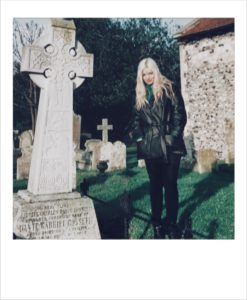
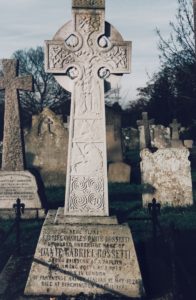
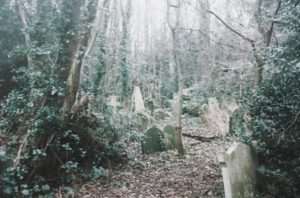
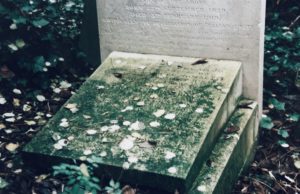
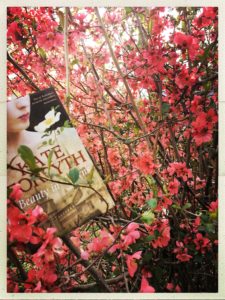
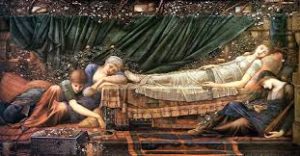
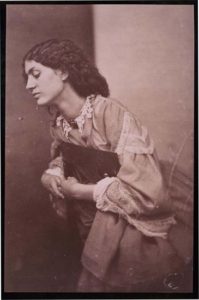

Rossetti drawing of Lizzie Siddal
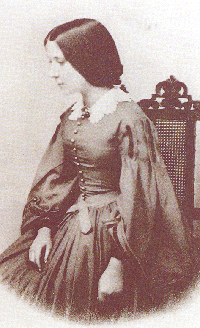
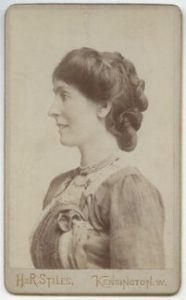
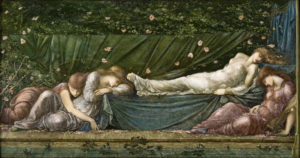
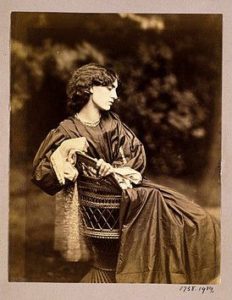
Jane Morris
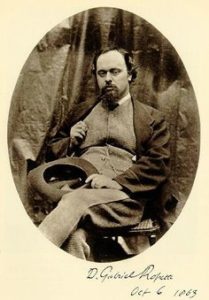
Dante Gabriel Rossetti
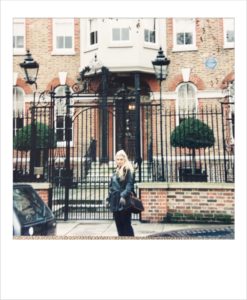
Outside 16 Cheyne Walk London where Rossetti lived from 1862
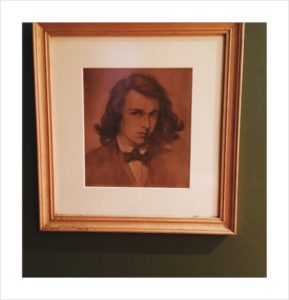
Rossetti’s dashing self portrait which hangs in my front room
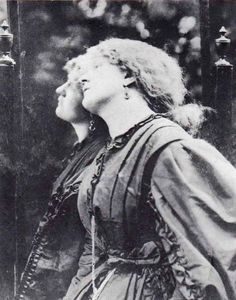
My favourite Fanny Cornforth
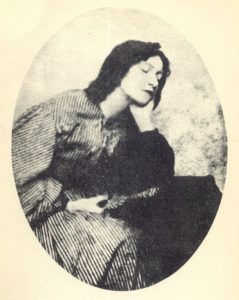
Lizzie Siddal
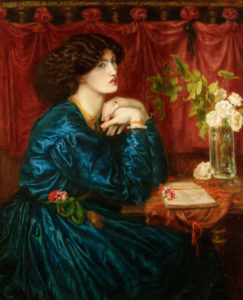
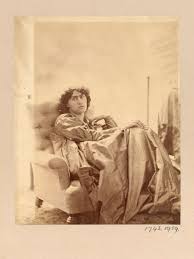
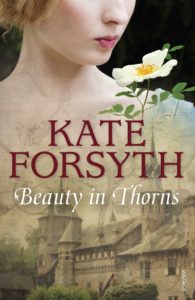
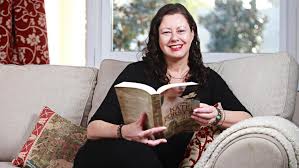
photo of Kate Forsyth by Adam Yip
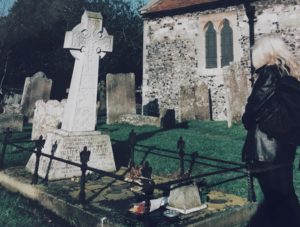

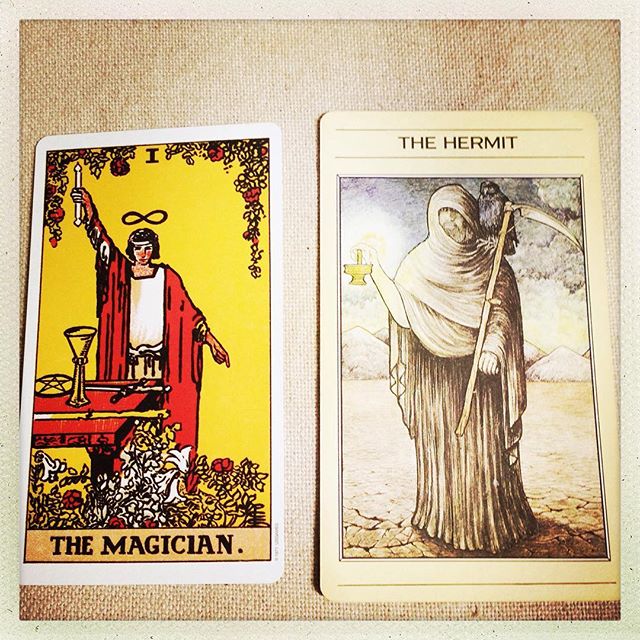

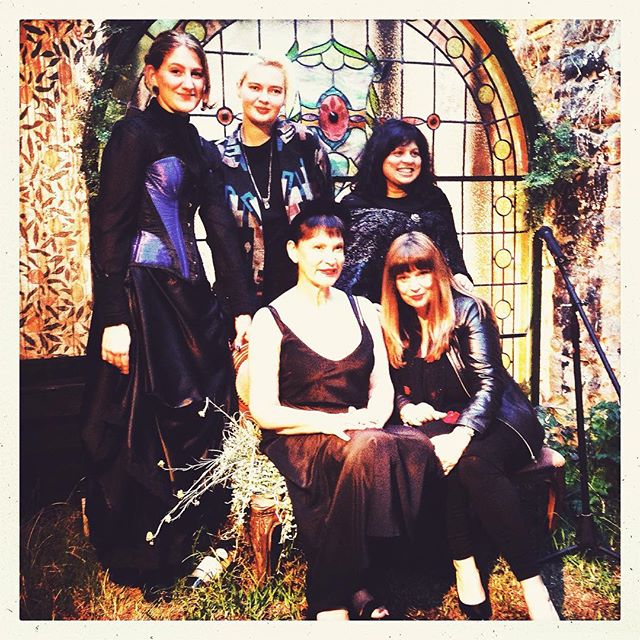
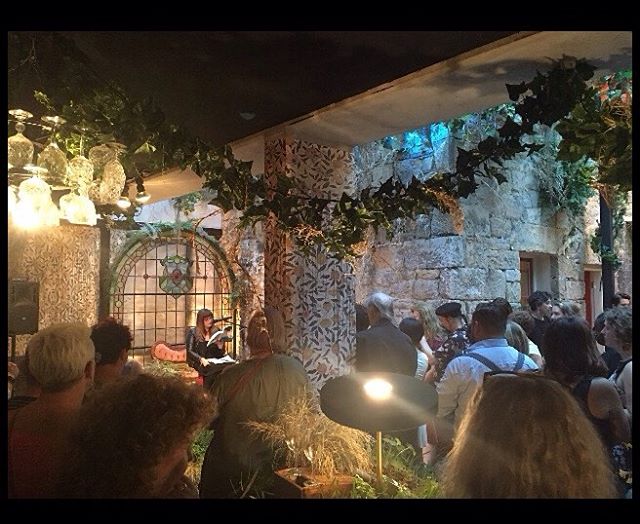
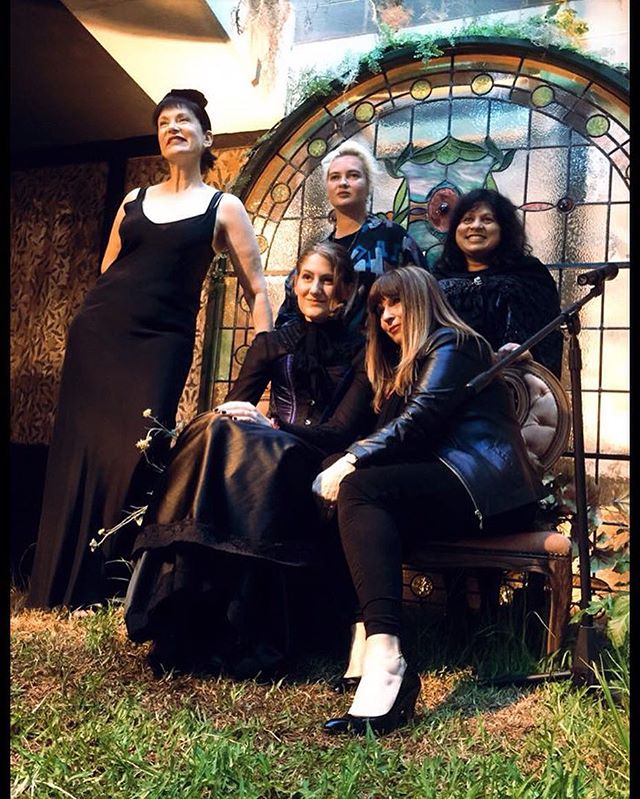
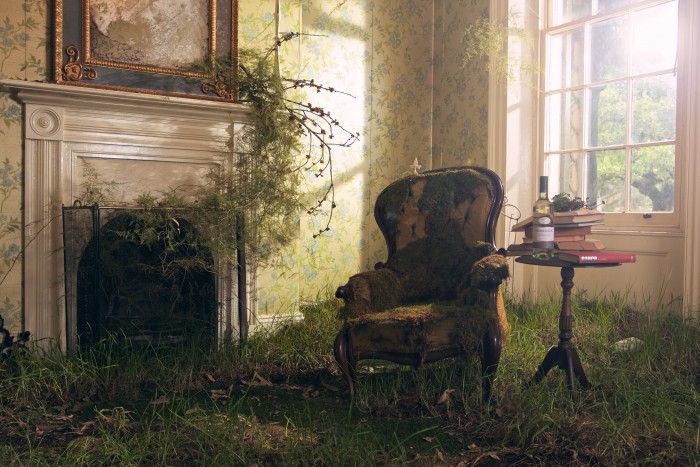
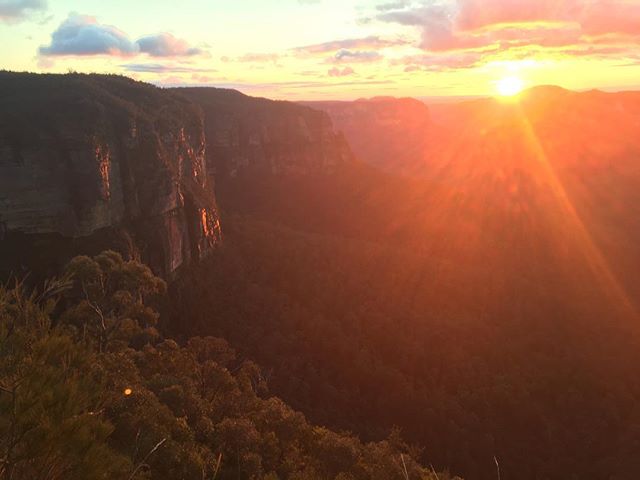
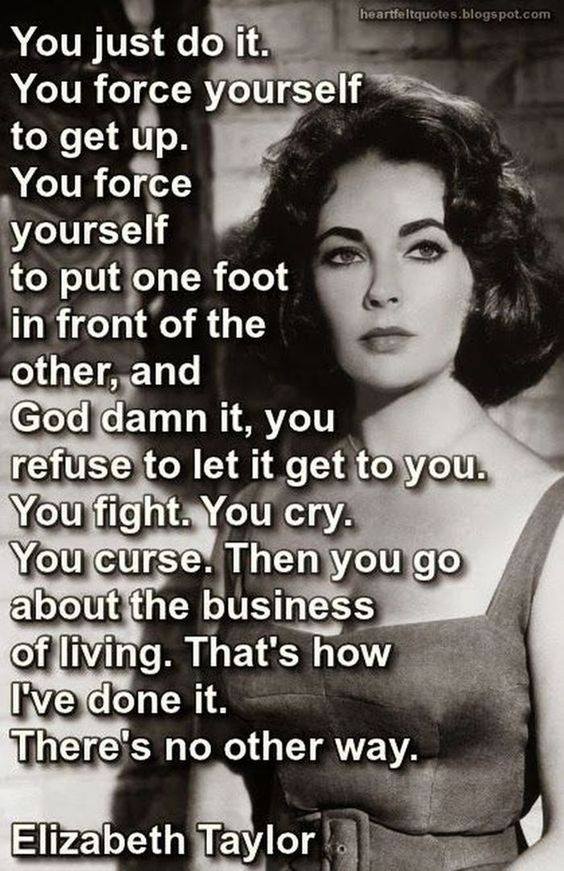
THE GIRL ON THE TRAIN, by
Paula Hawkins: really great suspense novel. Kept me up most of the night. The
alcoholic narrator is dead perfect.
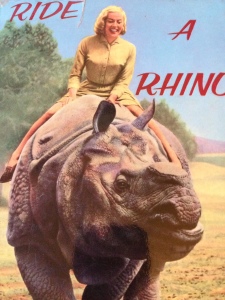 I’m delighted to present my next author for my Ride the Rhino Inspiration posts – the beautiful Kate Forsyth.
I’m delighted to present my next author for my Ride the Rhino Inspiration posts – the beautiful Kate Forsyth.  I feel as if I’ve known Kate forever. We we were both briefly involved with The Drinklings many years ago, when we enjoyed wine and book chats in Sydney with a group of writers and we’ve spoken on a couple of panels together.
I feel as if I’ve known Kate forever. We we were both briefly involved with The Drinklings many years ago, when we enjoyed wine and book chats in Sydney with a group of writers and we’ve spoken on a couple of panels together. 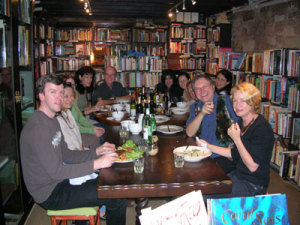 She always inspires me with her intelligence, talent and her generous nature towards other authors. When I began this series of inspirational interviews I knew I had to have Kate aboard. When we last spoke at the Newtown Writers Tent for Better Read than Dead bookshop, we ended up in rain-soaked Newtown talking for hours in a cafe about writing, publishing, our children and the juggling act we have to go through. It’s a true testimony to how highly I regard her that when I suffered a major heartbreak with my publishing career, it was Kate I trusted, sending off a frantic email asking for her advice. In the very competitive world of publishing, Kate has always sought to encourage other authors to fulfil their dreams and destiny.
She always inspires me with her intelligence, talent and her generous nature towards other authors. When I began this series of inspirational interviews I knew I had to have Kate aboard. When we last spoke at the Newtown Writers Tent for Better Read than Dead bookshop, we ended up in rain-soaked Newtown talking for hours in a cafe about writing, publishing, our children and the juggling act we have to go through. It’s a true testimony to how highly I regard her that when I suffered a major heartbreak with my publishing career, it was Kate I trusted, sending off a frantic email asking for her advice. In the very competitive world of publishing, Kate has always sought to encourage other authors to fulfil their dreams and destiny. 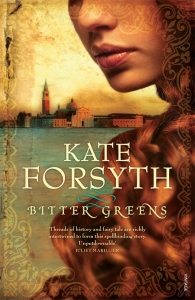 Kate is an international bestselling author of 36 novels spanning a range of genres. She writes for both children and adults and has won many awards, including Five Aurealis Awards in a single year and a CYBIL award in the United States. Her bestselling novel Bitter Greens won the American Library Association Award for Best Historical Novel of 2015 and the library journal US Best Historical Novel. Kate has a doctorate in fairytale studies from the University of Technology in Sydney and a BA in literature and a MA in creative writing. Writing talent is obviously in her blood: she is a descendant of Charlotte Waring, the author of the first book for children published in Australia, “A Mother’s Offering to her Children” (1841).
Kate is an international bestselling author of 36 novels spanning a range of genres. She writes for both children and adults and has won many awards, including Five Aurealis Awards in a single year and a CYBIL award in the United States. Her bestselling novel Bitter Greens won the American Library Association Award for Best Historical Novel of 2015 and the library journal US Best Historical Novel. Kate has a doctorate in fairytale studies from the University of Technology in Sydney and a BA in literature and a MA in creative writing. Writing talent is obviously in her blood: she is a descendant of Charlotte Waring, the author of the first book for children published in Australia, “A Mother’s Offering to her Children” (1841).Kate updates her very inspiring website regularly with loads of generous writing tips and fascinating interviews, and also runs writing retreats in the Cotswolds through the Australian Writers’ Centre. I hope you find as much inspiration as I did from Kate’s Ride on the Rhino.
Hello, Happy New Year Greetings. With all the traumatic events happening globally I’ve felt in need of creative and soul inspiration, and so I’ve begun a new series on Tale Peddler called The Eye of the Rhino. It’s from Stella Adler, who said success in the arts requires ‘the skin of a rhinoceros but the soul of a rose’. 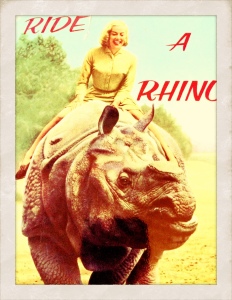 One observation I’ve made with my creative friends is they are tenacious. Creative success seems to involve a synthesis of Talent, Timing, Tenacity and Luck and it’s the tenacity aspect that interests me. What inspires some individuals to pursue their dreams despite inevitable disappointments along their path? I say inevitable as I’ve observed that even among my more successful creative friends, they have still had to overcome obstacles that you would never hear about on their social media accounts. I hope you enjoy this series and get as much inspiration from it as I do. First up is Anna Romer.
One observation I’ve made with my creative friends is they are tenacious. Creative success seems to involve a synthesis of Talent, Timing, Tenacity and Luck and it’s the tenacity aspect that interests me. What inspires some individuals to pursue their dreams despite inevitable disappointments along their path? I say inevitable as I’ve observed that even among my more successful creative friends, they have still had to overcome obstacles that you would never hear about on their social media accounts. I hope you enjoy this series and get as much inspiration from it as I do. First up is Anna Romer. 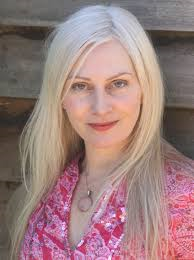 I’ve known Anna for many years. I thought she’d be an interesting artist to begin with as she had a long apprenticeship until her success with her book Thornwood House, an Australian Gothic mystery published by Simon and Shuster in September 2013. Thornwood House broke though Anna’s years of writing in oblivion and was a bestseller. Anna was a graphic artist and has travelled widely. In an alternative career path she’d have made a powerful energetic healer as she does unforgettable massages (personally experienced). Anna’s a highly individual person and one of the more interesting authors I’ve met. Shunning a lot of technology, she prefers the rhythm of her own imagination and the pulse of the bush that permeates her writing. Lyrebird Hill (her second novel, also an Australian Gothic mystery) was released in September 2014. Anna and I share a love of communicating by letters, Spirituality, Joseph Campbell. I’m delighted Anna accepted my invitation to discuss her creative inspirations for Eye of the Rhino.
I’ve known Anna for many years. I thought she’d be an interesting artist to begin with as she had a long apprenticeship until her success with her book Thornwood House, an Australian Gothic mystery published by Simon and Shuster in September 2013. Thornwood House broke though Anna’s years of writing in oblivion and was a bestseller. Anna was a graphic artist and has travelled widely. In an alternative career path she’d have made a powerful energetic healer as she does unforgettable massages (personally experienced). Anna’s a highly individual person and one of the more interesting authors I’ve met. Shunning a lot of technology, she prefers the rhythm of her own imagination and the pulse of the bush that permeates her writing. Lyrebird Hill (her second novel, also an Australian Gothic mystery) was released in September 2014. Anna and I share a love of communicating by letters, Spirituality, Joseph Campbell. I’m delighted Anna accepted my invitation to discuss her creative inspirations for Eye of the Rhino.
J – I know your writing path wasn’t a smooth trajectory. You spent many years working on another project which hasn’t yet been published. Can you talk about how it felt to work on that project and what it was like to cross over to the new genre you are working in with Thornwood House and Lyrebird Hill?
You’re quite right, my writing path was long and winding – and there were times I was convinced it was leading nowhere. Luckily for me, I’m utterly addicted to the writing process, and that’s what kept me going. One of my great passions along the way was a historical novel I worked on for many years. It was an adventure story set in a time when people were restrained by archaic traditions and strict social laws. My favourite thing about writing this story was developing characters who were feisty and strong-willed, who flouted those laws and went their own way. The research for this project was intensive. I spent years losing myself in books and pictures and movies, drawing maps and diagrams and timelines and, even dreaming about my characters until they felt like dear old friends. I was totally obsessed! Sadly, the plot was very flawed. In my mind’s eye I could see a beautiful, richly-layered adventure story, but I didn’t have the skills back then to pull it into shape. My agent suggested I set the story aside for a while and work on something with less demanding research. So I dumped my beloved project in the bottom drawer with all my other rejects, and went back to the drawing board. I decided my next novel would be set in Australia – a simple mystery story about a woman who inherits an abandoned house. I would throw in all the elements I loved: forgotten old letters, a buried diary, an overgrown garden, and a star-crossed love story. Most importantly, I’d keep my research minimal. Famous last words. Before I knew it, my story had grown convoluted roots that reached back to the 1940s. Suddenly I had a mountain of memoirs and war diaries and biographies to read! I wasn’t really fazed about tackling a completely new genre. Early on I’d attempted to write a horror-thriller (while I was under the thrall of Stephen King), and when that bombed I tried my hand at romance, crime, fantasy. Each of the seven novels in my reject drawer is a different genre! But thanks to the lessons I learned from all my failed projects, I developed a much better grasp on how to structure a novel. I learned that each genre has its own specific requirements; romance focuses on the relationship, while a thriller constantly threatens the hero’s life.
And yet the core of any story is the same. I’m a huge fan of Joseph Campbell’s “Hero’s Journey” which explores the idea that all stories – myths, fairytales, and legends – share the same basic components. A troubled character embarks on a quest to solve her problem; she undergoes a series of tests that ultimately transform her; by sacrificing what she wants, she achieves what it is she most needs – and in the process, she becomes whole. 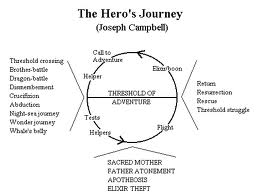 This theory sounds formulaic, but I found it wonderfully freeing. Once I started working with it, all other elements specific to genre fell into place. Suddenly my plot was holding together. The characters were making sense. The story had purpose, and because I now knew where I was going, the process became much more fun.
This theory sounds formulaic, but I found it wonderfully freeing. Once I started working with it, all other elements specific to genre fell into place. Suddenly my plot was holding together. The characters were making sense. The story had purpose, and because I now knew where I was going, the process became much more fun. 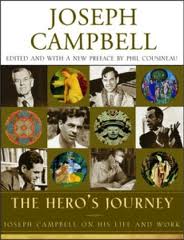 J – What has kept you going throughout all the years you have worked away in solitude on your books? What helped to foster your own self-belief in your talent and enabled you to have a rhinoceros skin?
J – What has kept you going throughout all the years you have worked away in solitude on your books? What helped to foster your own self-belief in your talent and enabled you to have a rhinoceros skin?
I’d always loved romantic adventure stories that changed the way I thought or felt – and that’s what I wanted to write. But my early attempts made it clear how much I needed to learn! The thing that kept me going all those years, was the challenge of somehow achieving my vision. It was like a carrot dangling just ahead of me, always out of reach – but soooo delicious-looking. I wanted to do justice to the stories I could see in my head, and the only way to do that was to develop my storytelling skills. I embarked on a mission, reading every how-to book I could lay my hands on, trying every technique. More importantly, I wrote and wrote. And whenever I looked back over my work and found even the tiniest improvement, a fresh rush of excitement would spur me on. I was never under the illusion that I was a particularly good writer. My self-belief fought a constant battle with my self-doubt. But I really loved learning about plot and structure and character development … I still do! Concepts such as Joseph Campbell’s Hero’s Journey were endlessly fascinating to me. I was like a drug addict, continually seeking my next fix of story know-how. Even if I’d wanted to stop, I couldn’t have.
J – Love of the Australian bush permeates Thornwood House. To me, the book really throbs with nature cycles. How important is it to you as an artist to live in the bush in the solitude you obviously enjoy? Could you have written Thornwood House in a city? 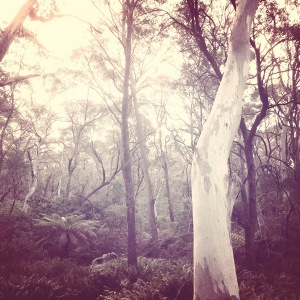 I’m a huge fan of Diana Gabaldon who wrote the immensely popular Outlander series. Her first book is set in Scotland in the 1600s, and it grippingly evokes the life and culture of that time.
I’m a huge fan of Diana Gabaldon who wrote the immensely popular Outlander series. Her first book is set in Scotland in the 1600s, and it grippingly evokes the life and culture of that time.
I was fascinated to learn that Diana wrote her first book in the series without ever having visited Scotland. I read about how she listened to folk song recordings to hone her ear to Scottish accents. She quizzed experts, and no doubt used her own formidable researching skills to make her story world so believable. This taught me that it’s possible to write convincingly about any location or historical period or life experience – if you do enough research. But for me, as with most writers, immersing myself in a location brings additional insight and depth to that research. I love to sit and observe. I love to drink in the smell of wildflowers, or walk through the bush at night without a torch, or fire off a few rounds from a double-action revolver, or pick up an eastern brown snake so I can confidently describe the fine velvety nap of its skin. 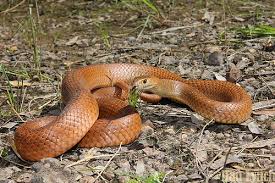 Besides all that, I’m the sort of person who thrives in a natural environment. If I spend a lot of time in town I get frazzled; there’s too much sensory input. My brain likes wide open spaces, and the sound of wind in the trees, and the pebbly smell of the river. I need to be among those nature cycles to understand them and allow them to permeate me. I know I sometimes get carried away with my descriptions, waffling on about leaves and flowers – but that’s how I write. Without the energy of the natural world flowing through my stories, I would quickly lose my excitement for them.
Besides all that, I’m the sort of person who thrives in a natural environment. If I spend a lot of time in town I get frazzled; there’s too much sensory input. My brain likes wide open spaces, and the sound of wind in the trees, and the pebbly smell of the river. I need to be among those nature cycles to understand them and allow them to permeate me. I know I sometimes get carried away with my descriptions, waffling on about leaves and flowers – but that’s how I write. Without the energy of the natural world flowing through my stories, I would quickly lose my excitement for them. 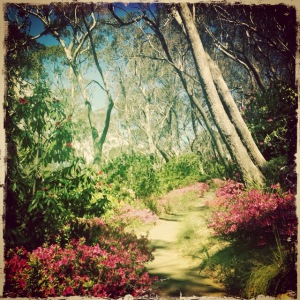 J – Do you have any advice or insight for anybody who is contemplating changing their career and embracing a more creative path? Go for it! For me, the best advice regarding creativity comes from Joseph Campbell: “Follow your bliss.”
J – Do you have any advice or insight for anybody who is contemplating changing their career and embracing a more creative path? Go for it! For me, the best advice regarding creativity comes from Joseph Campbell: “Follow your bliss.”  If you hanker to paint, then paint; if you yearn to tell stories, then do that. If you want to knit, or cook, or lose yourself in the garden – then embrace your creative yearnings with a full heart. Invest a lot of love into what you do, and don’t worry if you have to spend years working other jobs to support it. Walking a creative path is not always easy, but it’s a worthy challenge. Your life will be all the richer for it. And if it makes your soul sing, what is there to lose?
If you hanker to paint, then paint; if you yearn to tell stories, then do that. If you want to knit, or cook, or lose yourself in the garden – then embrace your creative yearnings with a full heart. Invest a lot of love into what you do, and don’t worry if you have to spend years working other jobs to support it. Walking a creative path is not always easy, but it’s a worthy challenge. Your life will be all the richer for it. And if it makes your soul sing, what is there to lose?

Anna Romer, Josephine Pennicott and Anna’s sister Sarah who looks after her social media presence. Lucky Anna!
J – I know you don’t have a very active online presence; although you’re blessed with a sister who maintains your Facebook page. What is your take on social media for artists? I’m certainly blessed with a wonderful sister! In fact I have two wonderful sisters who rave about my books to everyone they meet – lucky me! Sarah saves my poor old brain cells by managing our social media page, which allows me to focus more on my writing. I find the energy of the Internet disrupts my creative flow. I get jittery when I’m online, and afterwards my thoughts feel quite scattered. For inspiration to flow, I need to be relaxed and centred. As an artist, you have to weigh up the benefits of spending time promoting your work on social media, against the advantages of using that time to develop and layer your work. For me, my stories are simply more important. I don’t consider myself a natural-born talent at writing. I have to work ridiculously long hours, drafting and re-drafting and editing my stories into shape before I’m satisfied that they’re ready to present to my readers. I’m always acutely aware that for a reader, a book is an investment. Not just of money, but of many hours of their time. I want to give my readers my very best, and this requires that I sacrifice nonessentials such as social media. I’m also a strong believer in word-of-mouth – if you hone your craft and put your heart and soul into creating an entertaining story, then there’ll be readers who will utterly love your books … and that’s really what it’s all about, isn’t it? 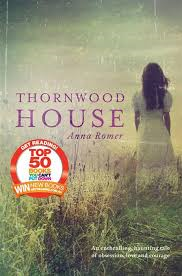 J – Thornwood House has a dark mystery at its foundations. How tightly do you plot your books? Are you somebody who likes to free-fall into the story and allow it to come through you; or do you prefer a more tightly-plotted book? How did writing Lyrebird Hill differ from the first book? I start any project with an enormous amount of brainstorming, researching, and planning where I want the story to go. By the time I’m ready to begin, I have a tightly plotted outline. But when I’m writing I tend to lose myself in the story. I forget all my well laid plans and get carried off by the adventure. Sooner or later I hit a brick wall, which sends me scurrying back to my outline. I replot, work out how to tie up the new loose ends I’ve created, and then freefall back into my characters’ lives.
J – Thornwood House has a dark mystery at its foundations. How tightly do you plot your books? Are you somebody who likes to free-fall into the story and allow it to come through you; or do you prefer a more tightly-plotted book? How did writing Lyrebird Hill differ from the first book? I start any project with an enormous amount of brainstorming, researching, and planning where I want the story to go. By the time I’m ready to begin, I have a tightly plotted outline. But when I’m writing I tend to lose myself in the story. I forget all my well laid plans and get carried off by the adventure. Sooner or later I hit a brick wall, which sends me scurrying back to my outline. I replot, work out how to tie up the new loose ends I’ve created, and then freefall back into my characters’ lives. 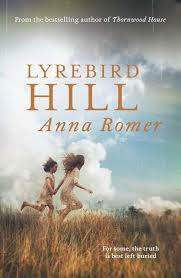 Lyrebird Hill was a very different writing experience to my first book; with Thornwood House I had the luxury of time. Years, in fact. The tight deadlines on Lyrebird Hill gave me no choice but to knuckle down and get the story written as quickly as possible. I didn’t have time to stop and agonise over the plot, or waffle off on tangents. I wrote only what I believed was necessary, and as a result went through a huge learning curve. It was crazy, daunting, obsessive … and bucket-loads of fun! And I think the story is better because of it.
Lyrebird Hill was a very different writing experience to my first book; with Thornwood House I had the luxury of time. Years, in fact. The tight deadlines on Lyrebird Hill gave me no choice but to knuckle down and get the story written as quickly as possible. I didn’t have time to stop and agonise over the plot, or waffle off on tangents. I wrote only what I believed was necessary, and as a result went through a huge learning curve. It was crazy, daunting, obsessive … and bucket-loads of fun! And I think the story is better because of it. 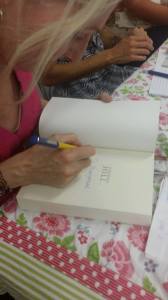 J – Are you a notebook person, or a writing online type of person? Do you prefer to draft on paper or computer?
J – Are you a notebook person, or a writing online type of person? Do you prefer to draft on paper or computer?
I’m very much a notebook person. I usually have several notebooks per novel, which I refer to constantly. I love the tactile feeling of writing on paper – scribbling over words and rewriting, cutting out bits and moving them somewhere else, gluing in photos, drawing maps and diagrams and charts… bliss! Being a visual person, I love the chaos and colours of my notebooks and find working in them a very relaxing way to let the ideas flow. I seem to be sensitive to electronic equipment, and because I spend so much time staring at a computer screen – drafting or transcribing my handwritten notes or editing – by the end of the day I end up feeling very drained. Breaking up my computer time with other activities such as drawing maps or filling out charts in my notebook helps to keep my mind fresh. 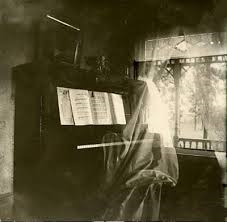 J – How do you feed your Muse? And what does your Muse look like? I know we share an interest in spiritual matters and so do you use that element of yourself in your writing process? I imagine my muse to be a sort of wild ghost-like creature in photo-negative form. I feed her on a varied diet of books: biographies, history, how-to manuals, as well as fiction – classic, popular, and sometimes downright trashy. She regularly feasts on films and a smorgasbord of music. She responds well to a hot bath, a walk in the bush, a river swim, or some therapeutic opp-shopping! She’s also fond of conflicting emotions, arguments, love gone wrong, betrayal and disappointment – so occasionally I let her binge on one of these as well. I believe that our creative selves are very much grounded in the spirit. For me, writing a book is a magical sort of experience. It requires a lot of trust in yourself to embark upon such a huge task and commit to finishing. And it also requires that you set aside your fears and expectations, and surrender to the process. I spend a lot of time reading books about how to improve the craft of writing, how to strengthen my weaknesses and hone my skills. But I think the success of any creative project really relies on less tangible elements. Instinct, impulse, intuition. It’s exhilarating to connect with your spiritual self and allow it to guide you; to follow those improbable threads of thought that you know will eventually weave something special into the story. I find that when I let go of all the writerly rules that I’ve learned in my how-to books, and instead focus on the pleasure my writing brings me, I can relax and enjoy the process. I trust my muse to guide me, and that’s when the magic really begins to happen.
J – How do you feed your Muse? And what does your Muse look like? I know we share an interest in spiritual matters and so do you use that element of yourself in your writing process? I imagine my muse to be a sort of wild ghost-like creature in photo-negative form. I feed her on a varied diet of books: biographies, history, how-to manuals, as well as fiction – classic, popular, and sometimes downright trashy. She regularly feasts on films and a smorgasbord of music. She responds well to a hot bath, a walk in the bush, a river swim, or some therapeutic opp-shopping! She’s also fond of conflicting emotions, arguments, love gone wrong, betrayal and disappointment – so occasionally I let her binge on one of these as well. I believe that our creative selves are very much grounded in the spirit. For me, writing a book is a magical sort of experience. It requires a lot of trust in yourself to embark upon such a huge task and commit to finishing. And it also requires that you set aside your fears and expectations, and surrender to the process. I spend a lot of time reading books about how to improve the craft of writing, how to strengthen my weaknesses and hone my skills. But I think the success of any creative project really relies on less tangible elements. Instinct, impulse, intuition. It’s exhilarating to connect with your spiritual self and allow it to guide you; to follow those improbable threads of thought that you know will eventually weave something special into the story. I find that when I let go of all the writerly rules that I’ve learned in my how-to books, and instead focus on the pleasure my writing brings me, I can relax and enjoy the process. I trust my muse to guide me, and that’s when the magic really begins to happen.
J – If you need to have the hide of a rhinoceros and the soul of a rose to succeed in the arts: how do you see your rhino hide as being? What are the qualities that have kept you going and where do you think you have gained those qualities from? And also ? how would you see yourself as the soul of a rose? What are your more sensitive qualities? 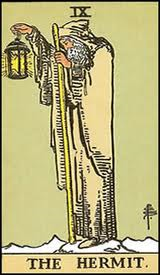 I’m probably the opposite – with the hide of a rose, and the heart of a rhino! I seem to absorb everything around me, as if there’s no filter between me and the outside world. Sights, sounds, smells … are all vibrant and mesmerising, and all too often overwhelming. I pick up other people’s moods, and I’m sensitive to vibes between others. That’s why I’m such a hermit – I need to remove myself from the fast pace of the world so I can reflect and channel my energies into my work. If I don’t, I burn out very quickly. I suppose my rhino hide is really a cloak of determination. It’s the one quality that’s kept me going. Whenever the cold winds of doubt or disappointment begin to blow, I draw my cloak more tightly around me and march on. Determination is a quality I’ve learned from the women in my family – my granny, my grandma, my mum. Incredibly resilient women, who forged on no matter what. I’m blessed to have been close to all three, and the qualities they passed along to me are among my most treasured possessions.
I’m probably the opposite – with the hide of a rose, and the heart of a rhino! I seem to absorb everything around me, as if there’s no filter between me and the outside world. Sights, sounds, smells … are all vibrant and mesmerising, and all too often overwhelming. I pick up other people’s moods, and I’m sensitive to vibes between others. That’s why I’m such a hermit – I need to remove myself from the fast pace of the world so I can reflect and channel my energies into my work. If I don’t, I burn out very quickly. I suppose my rhino hide is really a cloak of determination. It’s the one quality that’s kept me going. Whenever the cold winds of doubt or disappointment begin to blow, I draw my cloak more tightly around me and march on. Determination is a quality I’ve learned from the women in my family – my granny, my grandma, my mum. Incredibly resilient women, who forged on no matter what. I’m blessed to have been close to all three, and the qualities they passed along to me are among my most treasured possessions. 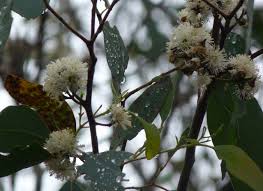
 Jo, I love your image of an artist’s soul resembling a rose … but mine doesn’t feel very rose-like. I’d say it’s closer to a stringybark blossom or hakea flower – thrives in the bush, is quietly productive, and mostly drought-hardy!
Jo, I love your image of an artist’s soul resembling a rose … but mine doesn’t feel very rose-like. I’d say it’s closer to a stringybark blossom or hakea flower – thrives in the bush, is quietly productive, and mostly drought-hardy!
Thank you, Anna Romer for sharing your inspiration with us. Thank you Jo, it was my pleasure.
And so I hope you enjoyed the inspiration from this post. Thanks again Anna for your generous sharing and if you did enjoy, please share with your social media friends who may also benefit. Look out for my next Eye of the Rhino post with another special guest. Anna Romer’s website is HERE Love, Light and Peace, Josephine xx
This interview with Anna is part of my Australian Women Writers Challenge for 2015.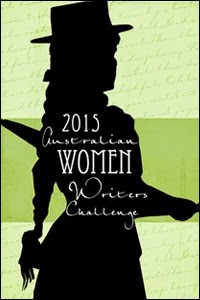
Hello, October is my birthday month, and in Australia, Spring is carolling the senses. I love the transitional times of nature seasons and Spring always feels optimistic and burgeoning with new possibilities and change. My family spent a garden-filled school holidays exploring not-so Secret Gardens in Sydney and the Blue Mountains. 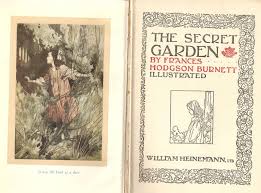
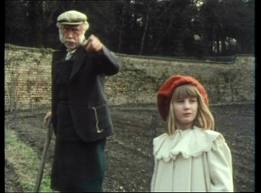 We have just introduced our daughter to the book and film of The Secret Garden, and we were looking for inspiration for our own Secret Garden.
We have just introduced our daughter to the book and film of The Secret Garden, and we were looking for inspiration for our own Secret Garden.
We finally had a family day out at Wendy Whiteley’s magical garden at Lavender Bay. Wendy, grieving the tragic death of her only daughter Arkie, began landscaping the neglected plot of land in front of her Lavender Bay terrace.
 In the process of working through her grief, Wendy created a tranquil sanctuary enjoyed by many today.
In the process of working through her grief, Wendy created a tranquil sanctuary enjoyed by many today. 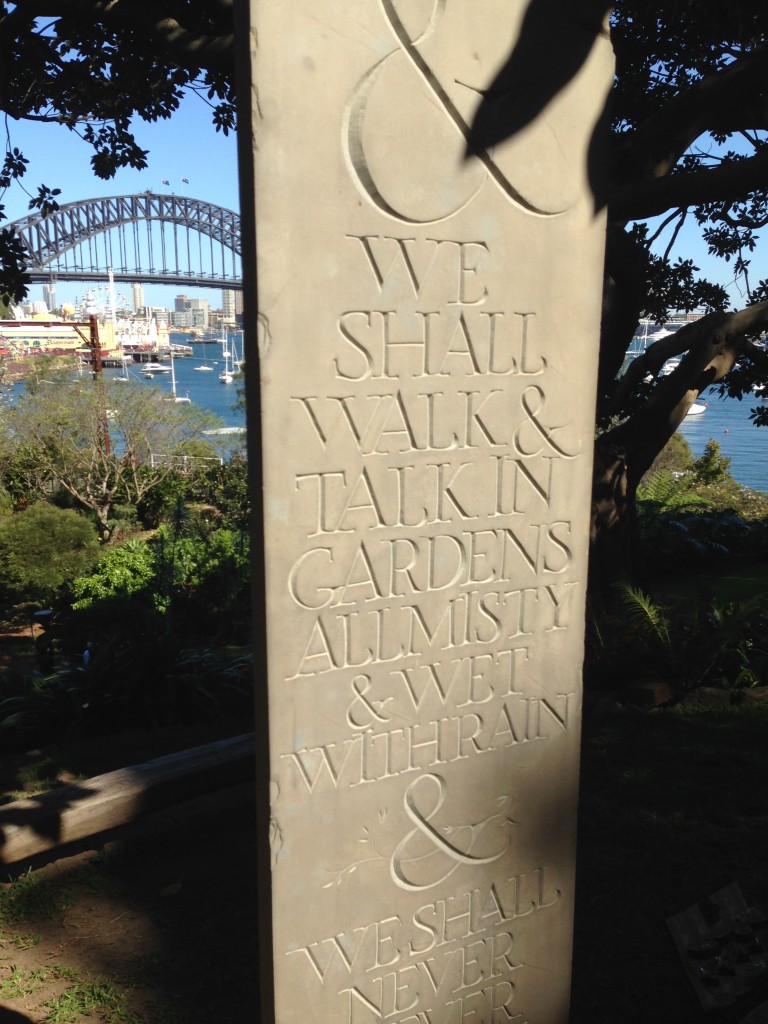 The land which ran alongside the railway track and owned by the NSW Railway Corporation had been overlooked despite its jawdropping harbour views and proximity to Sydney’s Luna Park.
The land which ran alongside the railway track and owned by the NSW Railway Corporation had been overlooked despite its jawdropping harbour views and proximity to Sydney’s Luna Park. 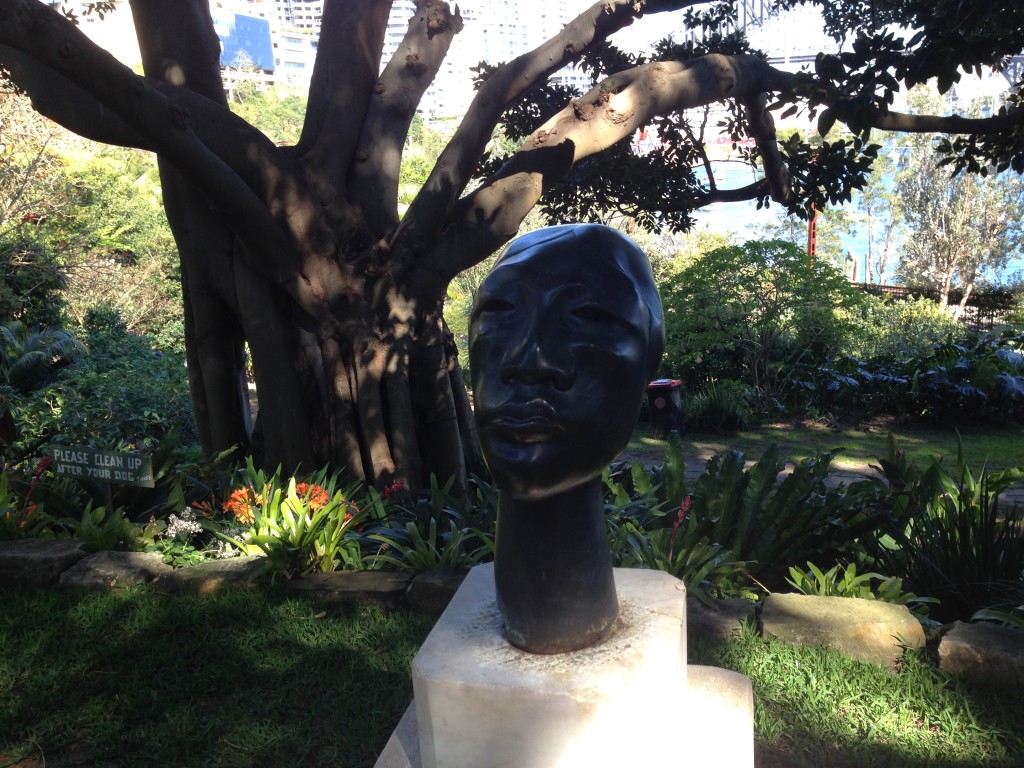 In an early and inspiring example of guerrilla gardening, Wendy began the transformative process of creating an oasis where office-workers and families could recharge.
In an early and inspiring example of guerrilla gardening, Wendy began the transformative process of creating an oasis where office-workers and families could recharge. 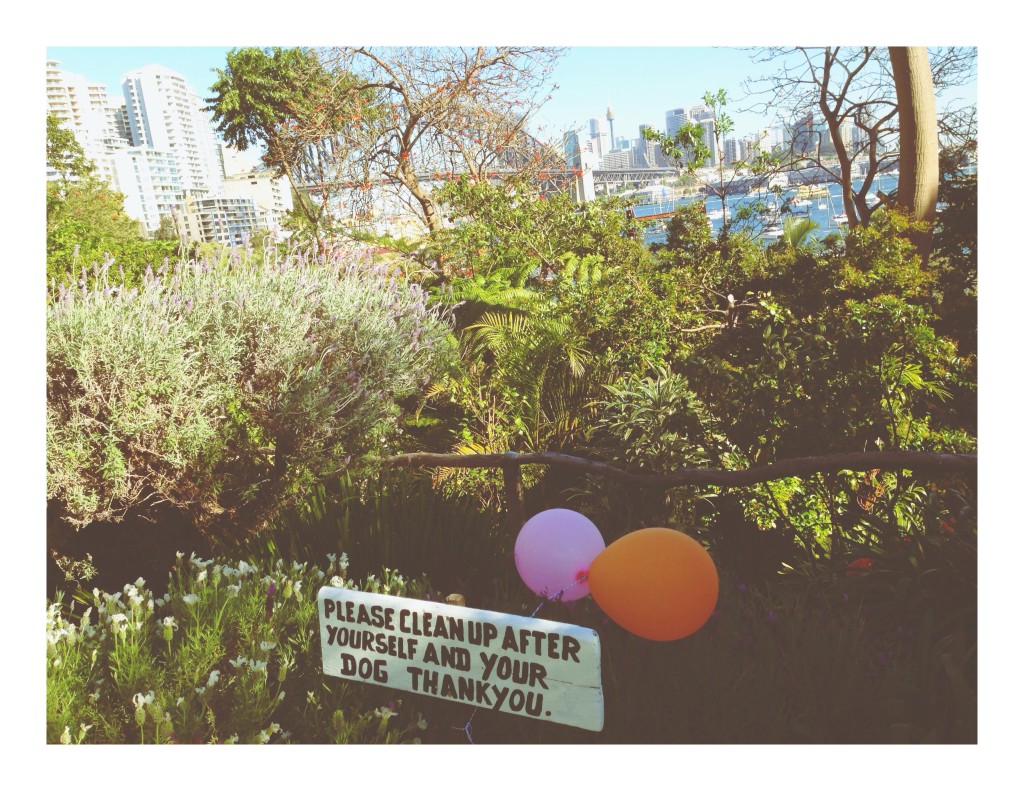
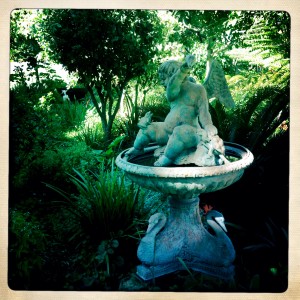 A place with so much green energy that the screams from Luna Park doesn’t diminish its nurturing effect. New birdlife now visits the area thanks to the garden. Palm and fig trees jut out from a steep cliff which has been landscaped beautifully with rocks.
A place with so much green energy that the screams from Luna Park doesn’t diminish its nurturing effect. New birdlife now visits the area thanks to the garden. Palm and fig trees jut out from a steep cliff which has been landscaped beautifully with rocks. 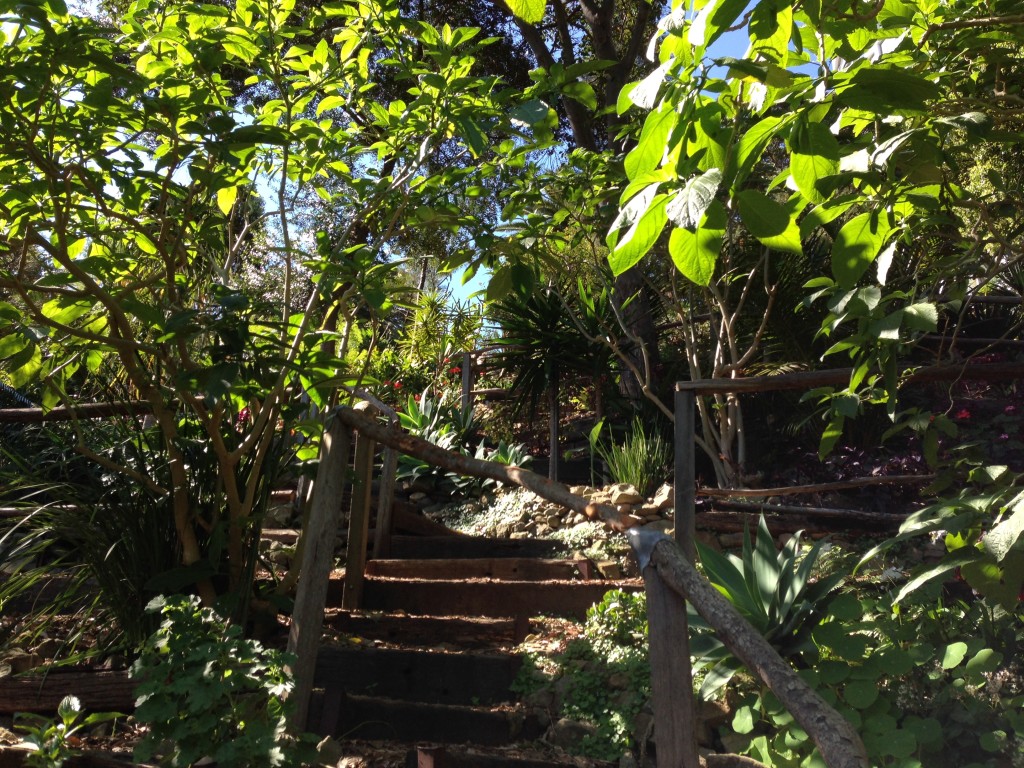 There’s a special energy to this garden where it’s easy to imagine nature devas and fairies frolicking.
There’s a special energy to this garden where it’s easy to imagine nature devas and fairies frolicking. 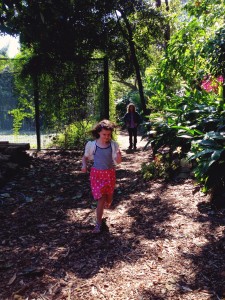
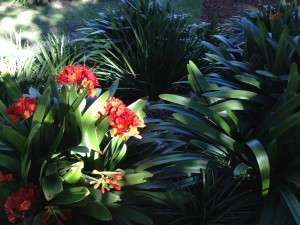
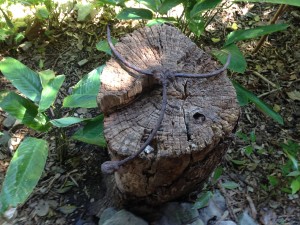 With its superb views, and magical touches in the form of bells, hidden bird-feeders and Asian statues, it’s a serene spot to contemplate life, enjoy loved ones and soak up the best of Sydney.
With its superb views, and magical touches in the form of bells, hidden bird-feeders and Asian statues, it’s a serene spot to contemplate life, enjoy loved ones and soak up the best of Sydney. 
 The ashes of Wendy’s husband, well-known artist Brett Whiteley, who died of a heroin overdose in 1992 and also the ashes of their daughter Arkie, are buried in the garden in a secret spot.
The ashes of Wendy’s husband, well-known artist Brett Whiteley, who died of a heroin overdose in 1992 and also the ashes of their daughter Arkie, are buried in the garden in a secret spot.
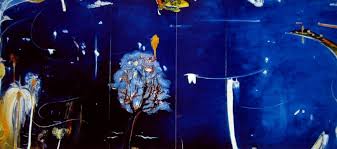 The garden has come to mean a lot to Sydneysiders. Wendy was a promising art student who later became famous as her husband’s muse, but her creativity and vision with her garden will make a lasting difference to the city of Sydney.
The garden has come to mean a lot to Sydneysiders. Wendy was a promising art student who later became famous as her husband’s muse, but her creativity and vision with her garden will make a lasting difference to the city of Sydney.
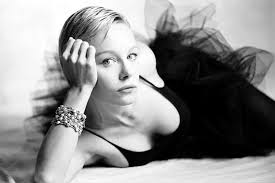 I’ve long been fascinated by Arkie Whiteley, who was beautiful, talented and spoken of very highly by everyone who connected with her. Only recently David and I watched her in Gallowglass, a Barbara Vine psychological thriller and thought how strong her performance was.
I’ve long been fascinated by Arkie Whiteley, who was beautiful, talented and spoken of very highly by everyone who connected with her. Only recently David and I watched her in Gallowglass, a Barbara Vine psychological thriller and thought how strong her performance was. 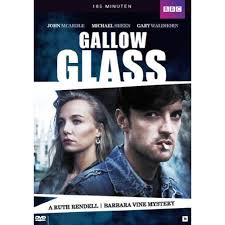
 The other gardens I enjoyed visiting were at Leura in the Blue Mountains for the town’s annual garden festival. Which I shall continue in Part Two of this post.Thank you for visiting me. If you would like to keep up with me on social media, I am on Twitter, Facebook, Instagram and Pinterest. And please share this post if you know of anyone would enjoy it or my writing. Love and Light, Josephine xx ‘
The other gardens I enjoyed visiting were at Leura in the Blue Mountains for the town’s annual garden festival. Which I shall continue in Part Two of this post.Thank you for visiting me. If you would like to keep up with me on social media, I am on Twitter, Facebook, Instagram and Pinterest. And please share this post if you know of anyone would enjoy it or my writing. Love and Light, Josephine xx ‘
The garden, the studio, friendships, somebody’s life, are all those things that keep you going. I don’t feel any great urge to actually paint again. I want to just go and be the mad old bag lady in the garden. I love the fact that Arkie participated in it a bit and loved it. Sometimes I suddenly realise I’m talking about her or Brett or anybody else in my life as though they’re still alive. And in a way they still are. And then you realise that they’re not there anymore, except in your memory. Or in your bones. In Arkie’s case, she’ll always be there. And in Brett’s case, he’ll always be there in part of me. You know? But in her case particularly.’ Wendy Whiteley on Australia Story 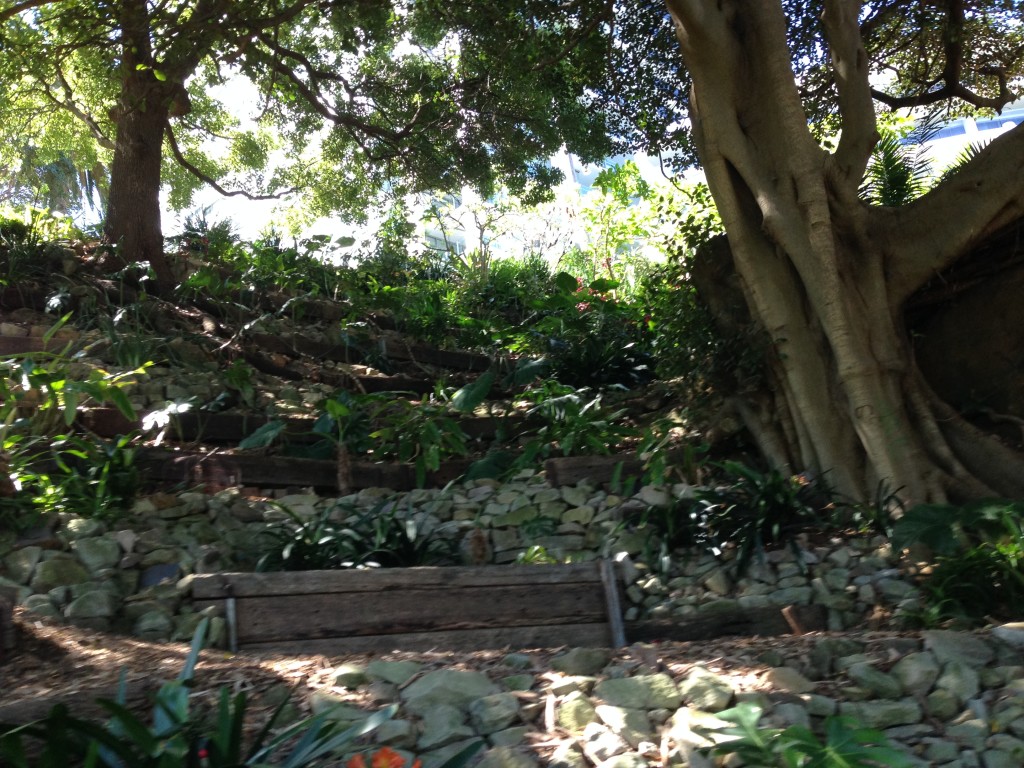
You can read more about Wendy Whiteley’s Lavender Bay garden on the following links below:
Wendy Whiteley transcript from Australia Story HERE
Interview with Peter Wilmot – Bohemian Rhapsody HERE
June Wright’s debut novel Murder In The Telephone Exchange was a bestseller in 1948. Sales in Australia outstripped even those of the Duchess of Death, Agatha Christie. She bought a fur coat with the royalties and remodelled her kitchen. I love the combination of practical and glamour in her spending. 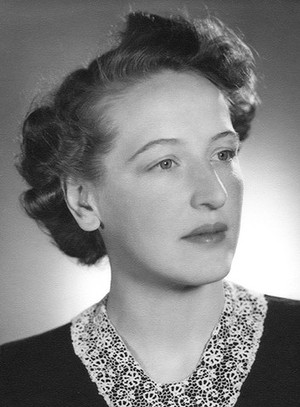 June wrote six more murder mysteries between 1948 and 1966, introducing a Catholic nun detective for her fourth novel, but when she died in 2012, her name was forgotten to most modern mystery and crime readers. Her slide in obscurity seems a shame, considering that in her heyday, along with her well-reviewed novels, she was treated to promotional lunches comprising of oysters, lobster and the Lord Mayor of Melbourne, Sir Raymond Connelly thanking June for publicising Melbourne. June enjoyed lots of favourable publicity throughout her career along the lines of “wrote thriller with baby on her knees.” June had six children, one disabled. Her son described her as a bit of a ‘media tart’ and she was ahead of her time in knowing how to hook the media with an angle to promote her work. She would most likely have thrived in this modern culture of author platforms and branding.
June wrote six more murder mysteries between 1948 and 1966, introducing a Catholic nun detective for her fourth novel, but when she died in 2012, her name was forgotten to most modern mystery and crime readers. Her slide in obscurity seems a shame, considering that in her heyday, along with her well-reviewed novels, she was treated to promotional lunches comprising of oysters, lobster and the Lord Mayor of Melbourne, Sir Raymond Connelly thanking June for publicising Melbourne. June enjoyed lots of favourable publicity throughout her career along the lines of “wrote thriller with baby on her knees.” June had six children, one disabled. Her son described her as a bit of a ‘media tart’ and she was ahead of her time in knowing how to hook the media with an angle to promote her work. She would most likely have thrived in this modern culture of author platforms and branding.
In one rather amusing incident, she entitled one of her books Who Would Murder a Baby? When challenged on the title, June replied: ‘Obviously you know nothing of the homicidal instincts sometimes aroused in a mother by her children. After a particularly exasperating day, it is a relief to murder a few characters in your book instead.’ June was happy to play up to her domestic house Queen of Crime label, describing to reporters her daily routine which involved caring for her six children and rising at 5.30 am to light the copper and write at night for two to three hours. She aimed to write 1000 words a day. Quite an inspiration for modern day writers, who don’t have to worry about lighting coppers at the crack of dawn.
A religious woman, she contributed several articles to Catholic Magazine Lay and despite the hardships of her life, she maintained her faith. When she was forced to give up her writing after six novels and return to work to help the family finances after her husband lost his job, she appeared to have done so with little regret.
I really enjoyed this bouncy and quirky mystery novel. A telephone exchange is a perfect setting for the novel and the building itself, where the murder takes place, takes on a slightly ominous atmosphere in the Melbourne heatwave. There were some wry and classic lines: “There was definitely something wrong in the Trunk exchange, for no-one is as sensitive to atmosphere as a crowd of females; especially when those females are telephonists.  Knowing June is drawing on her personal experience in her experience as a telephonist, also makes it an absorbing read. I’d never considered before how frantic and overwhelming it could be for switchboard operators working through bushfire seasons, and international crises. The pressure seeing the girls collapsing from exhaustion, the stress on the late roster girls when the evening shifts are cut right back, the strained concentration you need when you have half-a-dozen lines under your fingers… Not to mention of course, the girls who love to listen in on socialites’ private calls. And little details like the possessive emotions the Hello Girls foster towards their telephone sets. And Maggie, the hero of the story, laughing over that wherever she goes, she runs into somebody from the telephone exchange, including when she went to New Guinea on a trip. You can really touch the author herself through those little flourishes, and they make for authentic insights into a particular era and career. And it is through her knowledge of the telephone exchange that Maggie Brynes, the book’s hero is able to help solve the crime.
Knowing June is drawing on her personal experience in her experience as a telephonist, also makes it an absorbing read. I’d never considered before how frantic and overwhelming it could be for switchboard operators working through bushfire seasons, and international crises. The pressure seeing the girls collapsing from exhaustion, the stress on the late roster girls when the evening shifts are cut right back, the strained concentration you need when you have half-a-dozen lines under your fingers… Not to mention of course, the girls who love to listen in on socialites’ private calls. And little details like the possessive emotions the Hello Girls foster towards their telephone sets. And Maggie, the hero of the story, laughing over that wherever she goes, she runs into somebody from the telephone exchange, including when she went to New Guinea on a trip. You can really touch the author herself through those little flourishes, and they make for authentic insights into a particular era and career. And it is through her knowledge of the telephone exchange that Maggie Brynes, the book’s hero is able to help solve the crime.
Maggie is bouncy and a real character. When she discovers the body of her colleague , her head bashed in quite viciously, with an exotic sounding Buttinski (I’d never heard of such an object, so if you’re curious, buy the book) she first faints and then recovering swiftly, finds the situation both intriguing and exciting. She is forthright in her opinion to all and sundry that the victim was an abominable character. This is a world of milk-carts, and boarding-houses for girls from the country under the supervision – and prying eyes – of landladies like Maggie’s, Mrs Bates. Women are mocked for being spinsters and cold cream is applied at night to keep wrinkles at bay. Gloves are worn in the street for all occasions, and a favourable blessing reflecting the fashions of the time was, ‘may all your children have curly hair.’
Inspector Coleman, the shabby-looking Inspector in charge of the case is a well-sketched character. The most untidy man Maggie had ever seen, she came to realise that the more haphazard he appeared to be, the closer he had his nose to the scent. Although I still can’t quite fathom out why the investigating police needed Maggie (who was obviously a suspect in the case) and took her along on their investigation to the victims room to help them out with identifying notes. Modern readers used to short chapters and plots that crack along faster than their Twitter feed may find themselves sighing over longer chapters and a complex plot that is content to unwind leisurely. Although I picked the murderer before the denouement, I still enjoyed the puzzle. I found the book unexpectedly intense and gripping in places and although Maggie’s unflappable perkiness could be irritating, I enjoyed slipping into an authentic mystery novel of this era. She was a great forerunner for Melbourne female crime writers such as Kerry Greenwood. Hats off to Verse Chorus Press for resurrecting and reintroducing Ms June Wright to a new audience. See the link to Janet Walker’s article below for an interview with Steve Connell from the publishers to discover why an American Publishing press is publishing Australians.
And the link below also to Lucy Sussex’s analysis of June’s work. Lucy was fortunate enough to meet June and interview her before her death and I enjoyed reading her impressions on this writer: ‘A charming, elegant, eloquent old lady, as sharp as tacks. We got on well – I knew her type well–that generation of women born in the shadow of WW1, growing up in the Depression, marrying during WW2. They were tough and resourceful. She told me she had a good life, and seemed very contented. Indeed, she said the writing had not been getting any easier, rather harder, as she continued in her career.’ It’s heartening to think that June Wright’s contribution to the field of crime and mystery writing in Australia will not be lost thanks to the vision of this American publishing team – a sweetly ironic twist they are American as June was never picked up by the US in her career – which may well have made a difference to her being able to continue her work. I look forward to reading all of June Wright’s books, if they continue to publish her list. And I leave you with June’s typical astute and wry comment that housewives were well suited to writing, because: ”they are naturally practical, disciplined and used to monotony – three excellent attributes for budding writers”. 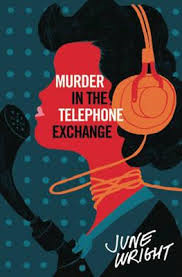
Some links you may enjoy to explore more on June Wright:
The Lady Vanishes from the Sydney Morning Herald HERE
Juggled Crime Fiction with Motherhood from the Age HERE
– Janet Walker’s article on The Culture Concept Circle on June and an interview with Steve Connell of Verse Chorus Press HERE
An interview with Melbourne Sister in Crime, Mandy Wrangles with author, editor and historian, Lucy Sussex on June, her importance and why she has been overlooked. HERE
Damned to Literary Obscurity by Andrew Nette who examines the cultural cringe towards Australian writers at home and the bias against Catholics that may have prevented June Wright from continuing her writing. HERE
This review is part of my Australian Women Writers Challenge for 2014.
Thank you for visiting me. Please share this post with your social media friends if you feel they would enjoy it.
Love and Light,
Josephine xx